Whilst we have now been at the Projects Abroad Marine Project in Cambodia for a week, the loss of our laptops to hardware failure have delayed some of our blogs. Here is the last one from Fiji:
As discussed in the ‘Meet BRUV!’ blog, part of the role of a volunteer with Projects Abroad in Fiji is to survey the health of the reefs in and around 3 marine protected areas in Beqa Lagoon. Often the highlights of the working week, these dives involve identifying a number of different fish and other crucial indicator species that provide a good idea of the general reef health in any given region.
Not all fish are identified and logged as this would be a VERY time consuming process and often, given the numbers of fish in some areas, more or less impossible. The key indicator species are selected for their economic value and/or suitability as an ecological indicator – some creatures will only tend to inhabit healthy areas of reef whether they are worth anything to humans or not. Only fish of 30cm length or more are recorded as again, these are the ones targeted by fishermen, and it would take a great deal of time to count up all the smaller fish even in a small area.
The dives are 30 minutes long and the fish groups focused on are snappers, groupers, jacks and trevallies, mackerel, tuna, barracuda and emperors. Any sharks, rays and turtles are recorded (and sexed if possible) too while morays, octopuses etc. were also noted as interesting. To ensure data accuracy, volunteers have to pass a fish ID test (scoring 80% or better) and everyone’s data is compared at the end of each dive to check identification accuracy and to prevent any fish being recorded more than once.
As with BRUV, these dives are used to compare the life on the reefs within and outside the protected areas for proof that preventing fishing in certain areas does provide a benefit to the environment and the economy. The theory is that reserving areas from fishing pressures provides a safe habitat for these animals to breed and grow, resulting in a greater concentration of healthy and larger fish. As these populations flourish, they expand out of the protected areas and in to territory that is fished. This in turn should provide the fishermen with a stronger steady supply of larger fish and indeed in many parts of the world this is what happens. There is no reason to expect Beqa Lagoon to be any different, but the theory must still be backed up by reliable data to ensure the continued protection of the marine parks as it can take a while for fishermen to start seeing a clear benefit.
If you’re interested in visiting the sharks in Fiji and diving in marine parks where no other divers can venture, have a look at what Projects Abroad can offer you!

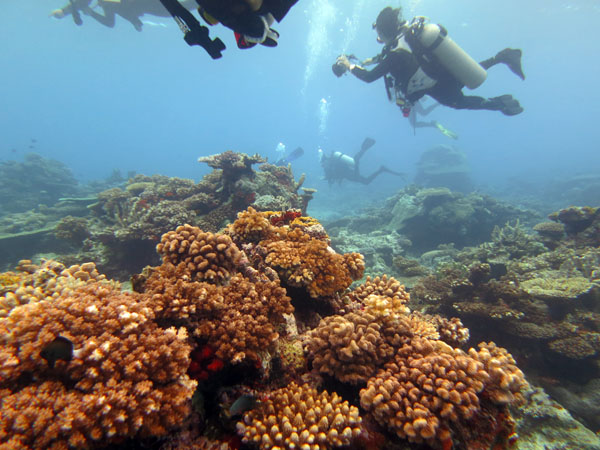
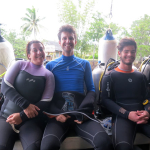
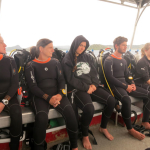
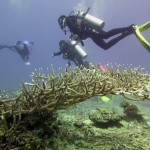
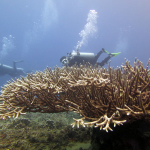
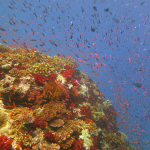
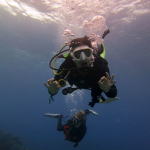
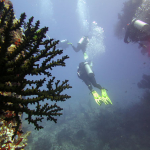

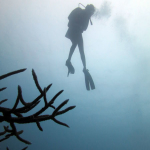
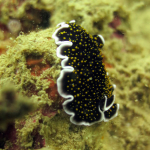
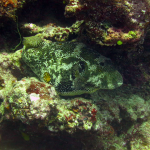
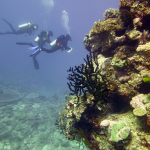
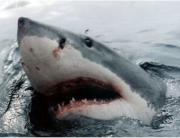
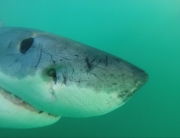
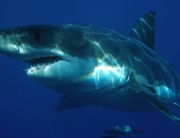
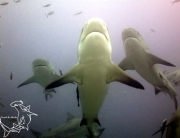
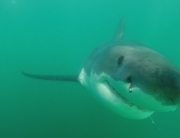










Follow Us